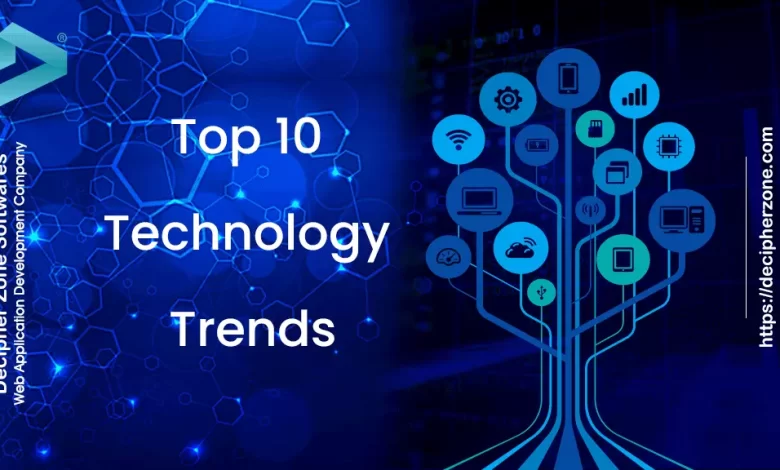
Introduction
Information Technology (IT) has become an integral part of modern society, transforming the way we communicate, work, and live. From its early beginnings as simple calculators and data processors, IT has evolved into a complex and interconnected network of technologies that power various industries and drive innovation. This article delves into the evolution of IT, its key components, and its profound impact on different aspects of our lives.
The Evolution of Information Technology
The roots of information technology can be traced back to the invention of the abacus, an ancient counting tool, and the development of early mechanical calculators in the 17th century. However, the true revolution in IT began with the advent of digital computers in the mid-20th century. The first electronic digital computer, ENIAC (Electronic Numerical Integrator and Computer), was built in 1945 and marked a significant milestone in computing history.
The 1950s and 1960s saw the emergence of mainframe computers, which were large, centralized machines capable of processing and storing massive amounts of data. These mainframes were primarily used by government agencies and large corporations for scientific calculations and data management.
The 1970s witnessed the birth of microprocessors, which led to the development of personal computers (PCs). Companies like Apple and Microsoft played pivotal roles in making computing accessible to individuals and smaller businesses. The graphical user interface (GUI) introduced by Apple’s Macintosh computer in the 1980s further democratized computing by making it more user-friendly.
The 1990s brought about the rise of the internet, a transformative development that connected computers and allowed for the sharing of information on a global scale. This era also saw the proliferation of mobile devices, such as cell phones and PDAs (personal digital assistants), laying the groundwork for the mobile revolution that would follow in the 21st century.
Components of Information Technology
Information Technology encompasses a wide range of technologies and disciplines, including:
- Hardware: This includes computers, servers, networking equipment, storage devices, and peripherals like printers and scanners.
- Software: IT software includes operating systems, application software, and programming languages that enable users to perform various tasks, from word processing to complex data analysis.
- Networking: IT networks facilitate communication and data exchange between devices. Local Area Networks (LANs), Wide Area Networks (WANs), and the internet itself are crucial components of modern networking.
- Data Management: IT involves the storage, retrieval, and manipulation of data. Databases, data warehouses, and data analytics tools help organizations make informed decisions based on data-driven insights.
- Cybersecurity: As technology advances, the need for cybersecurity becomes paramount. IT professionals work to protect systems, networks, and data from cyber threats and attacks.
- Cloud Computing: Cloud technology allows for the delivery of computing services over the internet, offering scalability, flexibility, and cost-efficiency. Services like Infrastructure as a Service (IaaS), Platform as a Service (PaaS), and Software as a Service (SaaS) are all part of cloud computing.
Impact on Society and Industries
The impact of IT on society and industries has been profound:
- Communication: IT has revolutionized communication, enabling real-time interactions through email, social media, video conferencing, and instant messaging.
- Business and Commerce: E-commerce and online banking have transformed the way businesses operate and customers shop. Online marketplaces and digital payment systems have become commonplace.
- Healthcare: IT has improved patient care through electronic health records (EHRs), telemedicine, medical imaging technologies, and data-driven research.
- Education: Online learning platforms, digital classrooms, and educational software have expanded access to education and personalized learning experiences.
- Entertainment: Streaming services, video games, digital media creation, and virtual reality have reshaped the entertainment industry.
- Manufacturing: Automation, robotics, and computer-aided design/manufacturing (CAD/CAM) have revolutionized manufacturing processes.
- Transportation: IT has played a key role in the development of autonomous vehicles, traffic management systems, and ride-sharing platforms.
Conclusion
Information Technology has evolved from humble beginnings to become an omnipresent force in our lives. Its impact spans across industries, enabling innovation, efficiency, and connectivity. As IT continues to advance, it will likely shape the future in ways we can’t yet fully imagine, driving further technological breakthroughs and societal transformations. Understanding the evolution and impact of IT is crucial for navigating the increasingly digital world we live in today.











